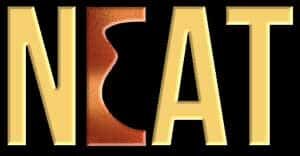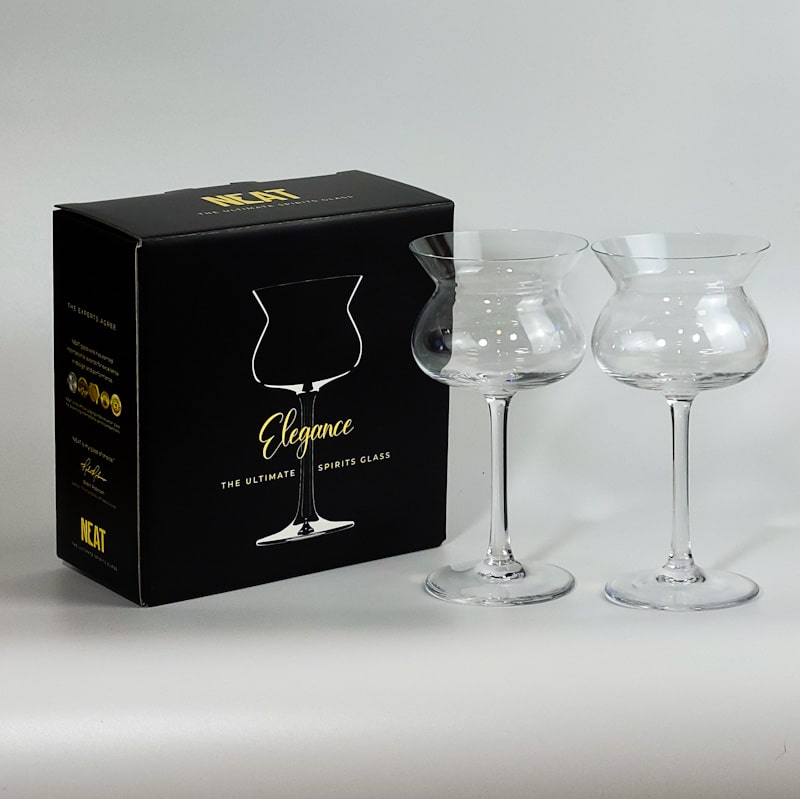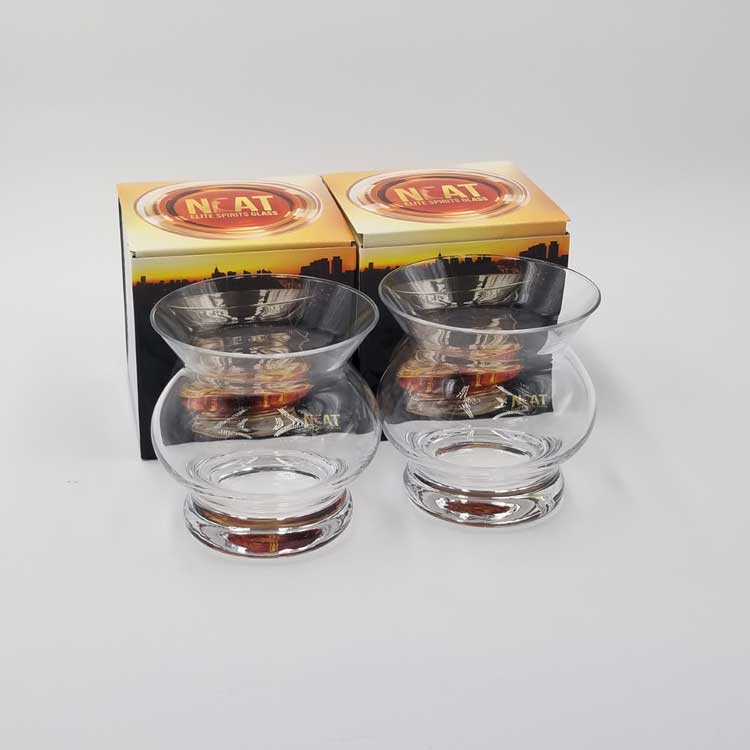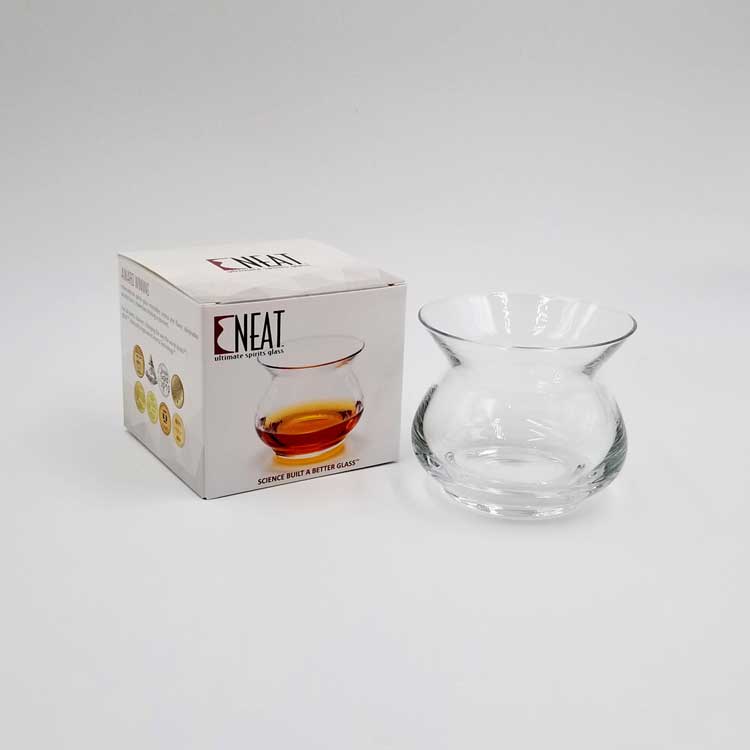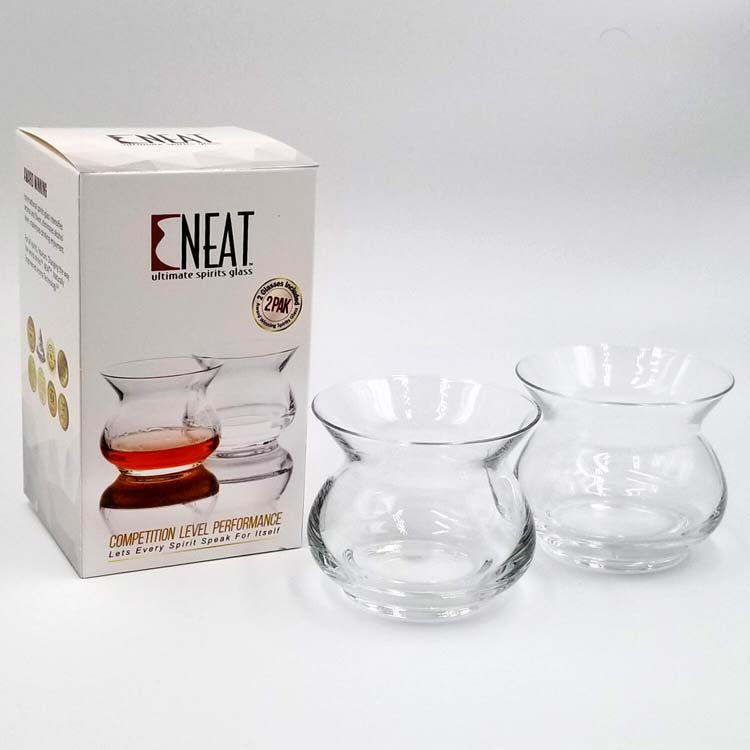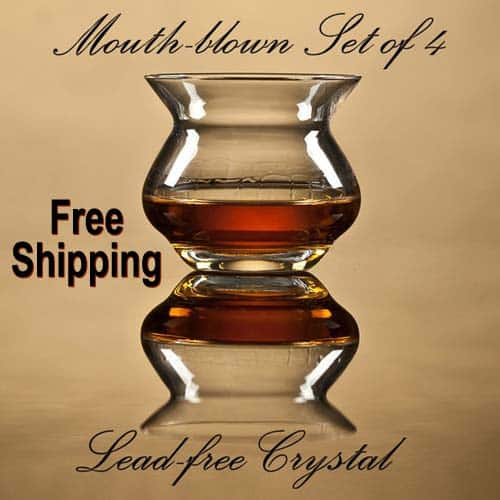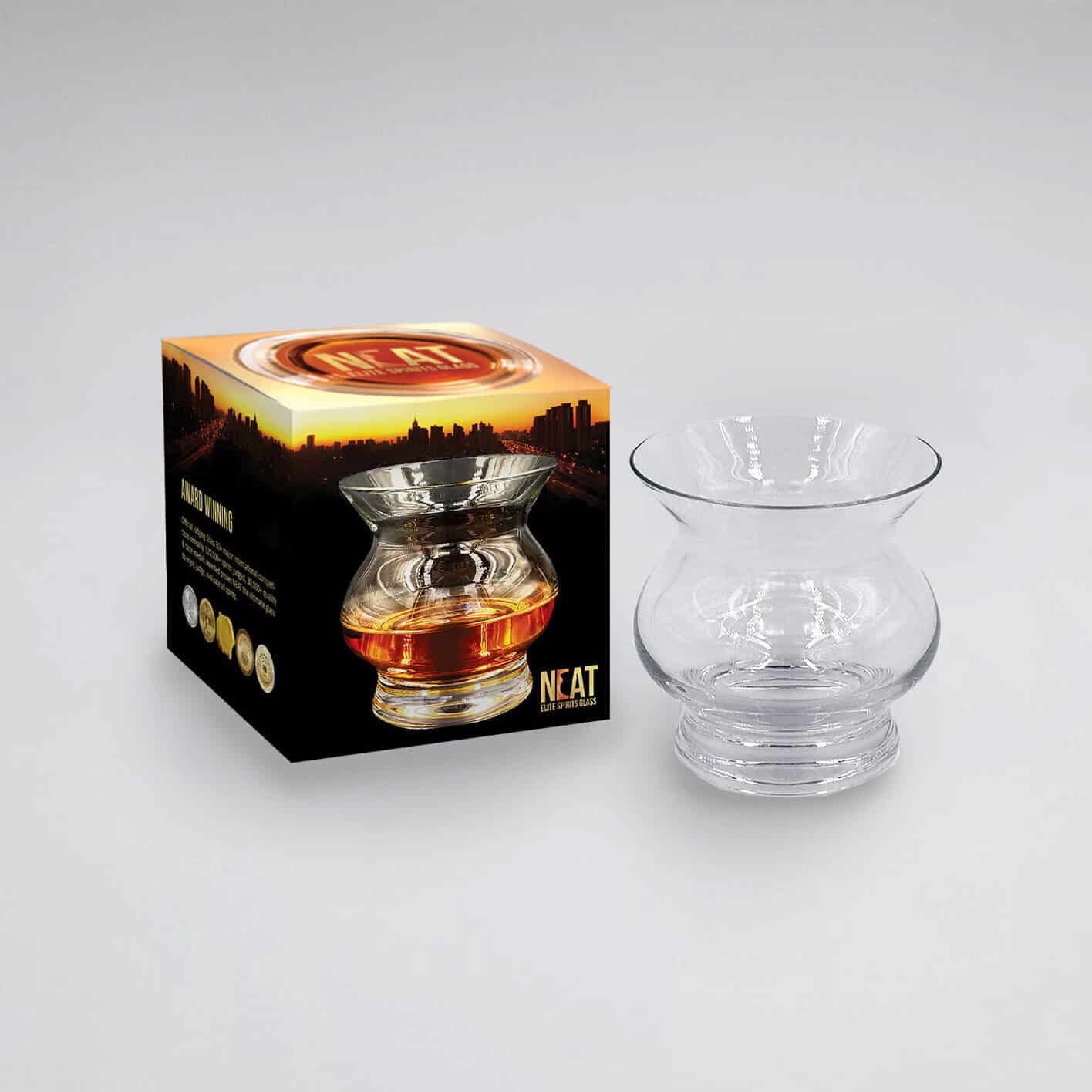
Popular Olfactory Theory – Destructive Spirit Alcohol on the Nose
The basic theory of olfactory: In 2004, the Nobel Prize was awarded to Richard Axel and Linda B. Buck for their discoveries of odorant receptor function and organization of the olfactory system (see the diagram below). This theory is the present mainstay in olfactory sensory research and states that every olfactory receptor is a “lock” and every aroma is a “key.” Different olfactory receptors detect different families of aroma molecules. When an aroma molecule attaches to the cilia of its corresponding receptor, the smell signal is sent to the brain for recognition. Humans have at least 6 million receptors, some say much higher, 10-20 million. There is a finite number of receptors in every nose, and whichever key aroma molecule reaches the cilia (keyhole for the lock) first, occupies that receptor until it is washed away by a “flush” of mucous.
How much ethanol is there in spirits? A 40% ABV (alcohol by volume) spirit evaporates quickly into the atmosphere. Place two (the same shape) glasses one with 1⁄2 oz whisky and one with 1⁄2 oz water on the kitchen counter. After 24 hours the liquid level in the whisky glass is much lower or has disappeared entirely. Alcohol evaporates first and quickest of any compound in a spirit. It evaporates first because it is a simple molecular shape, the smallest mass molecule of any in the spirit, has a lower surface tension, and a lower boiling point than water, which is almost 60% of the whisky. Water molecules form hydrogen bonds with each other and are strongly polar. This is science talk which means alcohol is significantly more volatile than water and evaporates much quicker than water (properties of ethanol and water are shown in the second diagram below).
Ethanol is the most abundant compound in all spirits, which are bottled at 40%+ ABV (alcohol by volume). Remembering why the nurse rubs your arm with an alcohol (methanol) pad before the needle will help place the sensory effect of ethanol in perspective, most think it’s because methanol and ethanol alcohols are antiseptics (sterilizers), which they most certainly are, but they are also anesthetic (numbing) to human neuron receptors whether they are on the skin, the tongue (pallet burn or pallet overload), or in the olfactory cavity. Your whisky or rum may have 40% alcohol, 59% water, and 1% other flavors, in its liquid existence, but the collected evaporation cloud of aromas that emanate from a pour of straight spirits at any given moment is more like 95% ethanol, 4% water, and 1% spirit character aroma compounds, due to the high volatility of ethanol.
The major problem affecting spirits evaluation: Whiffing a 95% nose-numbing anesthetic takes its toll quickly on olfactory receptors, as ethanol molecules evaporate quickly from the beverage, travel the fastest, and find the cilia of the olfactory first, and occupy receptors before the larger mass character aroma molecules can, and few are left to detect character aromas. The nose is rendered “dumb.”
Also called ethanol anesthesia, nose-blindness, ethanol lock-out, anosmia (temporary inability to smell), olfactory adaptation, and olfactory fatigue, it is characterized by either or both of two general statements. “Everything smells the same,” and/or “I can’t smell anything.” In the vast majority of cases, this is caused by anesthetic ethanol, and it occurs rapidly in spirits and wine. There are no warning signs and no way of knowing when anesthesia begins. The only cure is to stop sniffing to allow time for recovery. 70% recovery takes 3-4 minutes, and full recovery at least 7 minutes, as the mucous slowly replaces itself on the epithelium (which covers the cilia), washing away the previously attached aroma molecules.
“Oh, that’s okay, I have my little saucer of coffee beans to sniff whenever I think I am losing my sense of smell.” Danger, Will Robinson! This is only true to those who believe it. Mythical and steeped in traditional yet erroneous thinking, it simply justifies continuing to smell, when symptoms of ethanol anesthesia begin to appear. The only known procedure to repair ethanol anesthesia is recovery time. Again, the mucous layer must completely replace itself and wash away the molecules attached to the cilia. This myth has been around since the origin of perfumery (Egyptian dynasties?) and has no scientific or factual basis. Coffee beans are pretentious Tomfoolery as are the myths of smelling one’s skin or armpit to regress the nose to neutral. Total BS. All of it.
The major and frequent complaint of spirits and wine competition judges comes from “nose-blindness” or ethanol anesthesia. Smelling and tasting many samples in a relatively short period repeatedly exposes olfactory neurons to ethanol and they are anesthetized. There are many other contributors to ethanol anesthesia, such as methods of tasting, as well as glassware shape (to be discussed later). Regardless, the toll of ethanol anesthesia in a spirits judging competition is horrific to the competition’s credibility, and the judges, and monetarily damaging to the innocent entrants.
What happens to an evaluation when ethanol anesthesia occurs? Other senses kick in to try to save the day and accomplish the task, so memories of past tastings are immediately brought to the forefront as a “shopping list” from which the evaluator may choose. Memory auto-compensation begs questions: “If this is a whisky, I should smell honey, caramel, and oak.” Trying to compensate for a temporary loss of smell, the brain is suggesting, and urging the evaluator to consider spirits evaluated from previous occasions to aid in solving the immediate identification problem. The result is an evaluation of past experiences replacing the sample in the glass in front of the evaluator.
Desperately attempting to fill the trusted role of esteemed evaluator, competition judges afflicted by ethanol anesthesia usually (1) keep quiet to avoid detection and failure, (2) write down an evaluation of what he/she wants to find, or (3) cop out by mimicking and nodding to the suggestions of others. Few admit to the problem, particularly when competition administrators depend on a high-reputation-especially-considered-and-invited-expenses- paid judges’ input. This absolutely cannot be a good thing for the entrant/distiller who simply wanted a fair chance for recognition and paid a $300-$500 entrant fee, sacrificing 2 full bottles of booze and costs of safe shipping for each spirit entry to become eligible for validation or vindication. Medals are worth their weight in marketing gold.
When the evaluation of a particular sample has been compromised, it’s impossible to know exactly where ethanol anesthesia first occurred, perhaps the whole flight was compromised as well, and what about the preceding flight?
Auto-compensation is a useful process when it comes to survival or reacting to a dangerous aroma, but when ethanol anesthesia is the cause, it defeats the whole purpose of evaluation. Ethanol, our trusted and loved friend who occasionally lightens our burden and is a welcome source of elation and escape when used properly, becomes our sworn enemy when we evaluate spirits. An evaluator must develop a heightened and acute awareness that ignored and undetected ethanol aromas will destroy a spirit evaluation quickly and unnoticed.
The valuable takeaways are:
• As an evaluator, one must constantly be aware of the silent enemy, ethanol anesthesia, and take precautions to prevent the destruction of an evaluation or the casual enjoyment of spirits and wine. With no warning and no clues, limiting olfactory exposure to ethanol is the only alternative.
• As a consumer, buyer ratings are an important part of narrowing the extremely high number of different distillations and spirits available for purchase. Internet and social media are an informational necessity and relying on ratings means trusting the evaluator. Sources of rating information and tasting notes become the highest priority. On the surface, medals are an indication of quality, but the competitors who give them out may not use the necessary precautions to ensure
that their evaluations are accurate. At the end of this series of presentations, we will supply a list of competitors and evaluators whom we know to be trustworthy and useful references.
• Ignorance or denial of the effects of ethanol anesthesia can only hurt your pocketbook and understanding and appreciation of finely made, highest-quality spirits.
• Full enjoyment of straight spirits and wines is available to everyone. Maximum appreciation of both awaits those who understand and practice preventing the onset of ethanol anesthesia. See more in an independent research study.
• We will always encounter self-styled “experts” who profess to know more than those who use logic and science as an integral part of their lives. Stay away! Stay further away from those who claim to evaluate more than 5 spirits in a single sitting. They cannot possibly understand what they are doing, and this behavior is an indication that there are prurient interests at work behind the scenes. See more design information.
In Presentation #4 we will discuss the mechanics of swirling, why it is necessary, how it works, and the biggest myth ever perpetrated on the drinker, The Tongue Map.



